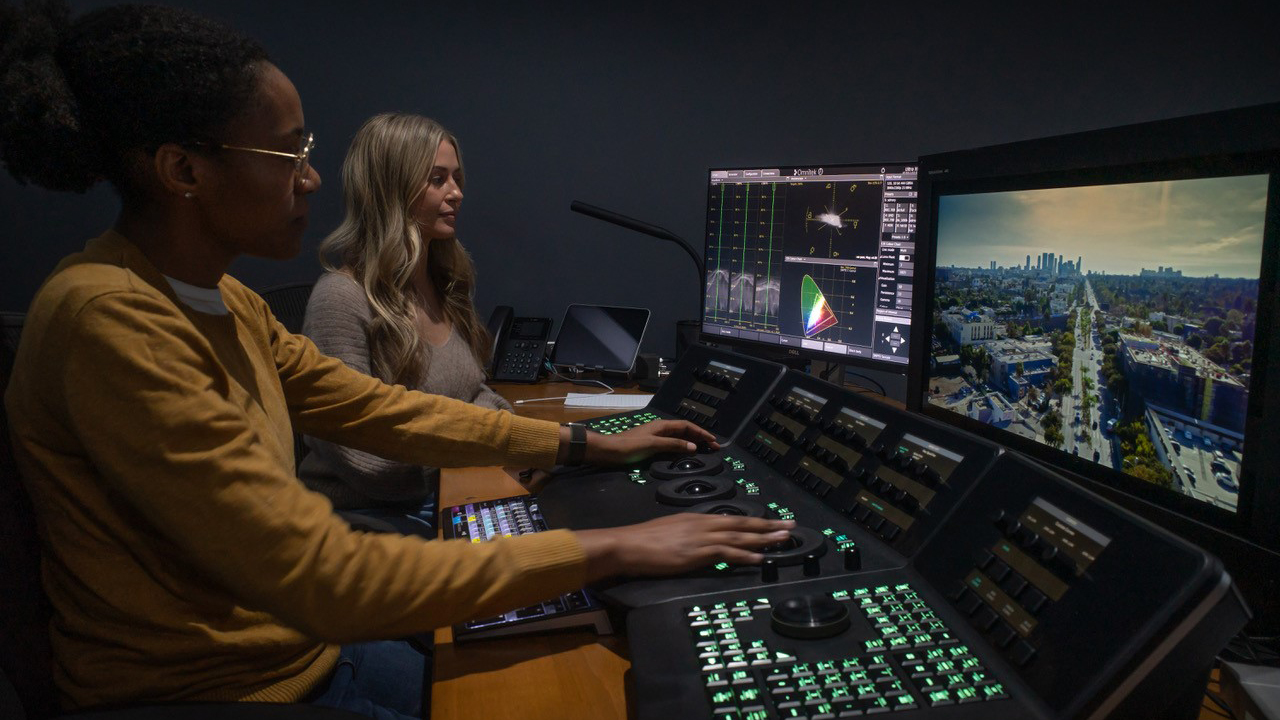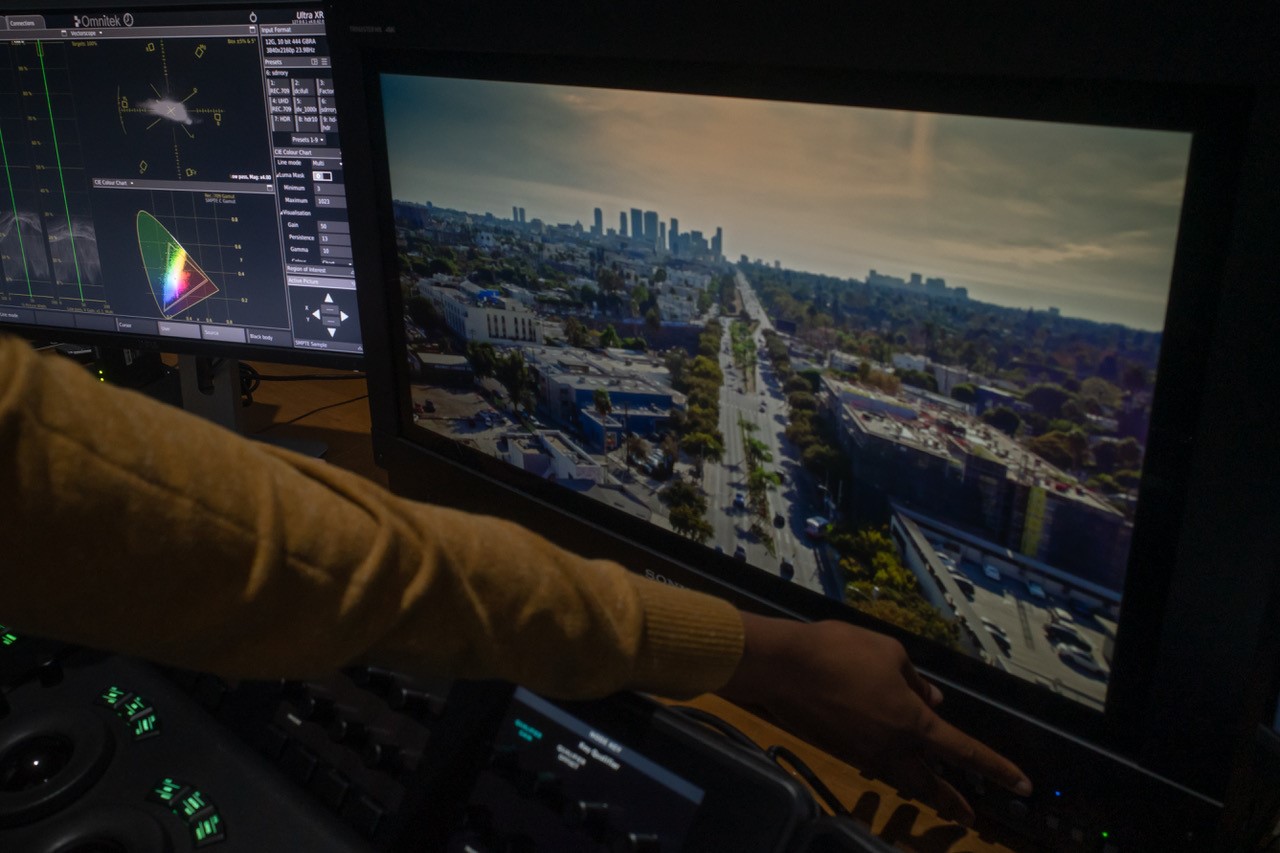
Arsenal FX Color is a high-end, boutique postproduction house in Los Angeles. With a focus on producing long-form content for broadcast television, streaming services, feature films, and commercials, the Arsenal team has seen the role of monitors change and evolve over the years. Recently, it upgraded to Sony’s new 4K BVM-HX3110 TRIMASTER HX Professional Grading Monitor to help handle the company’s diverse workload of increasingly complex media projects and satisfies constantly evolving client demands for high-quality content.
Applying advanced technology like the HX3110 to its projects is not only a cost of doing business; it’s also a signal to clients that the self-described “artist-driven” shop has first-hand experience with personalized client service and prioritizes quality.
Arsenal installed the new Sony monitor in early 2024, complementing its current inventory of Sony monitors. Arsenal had previously installed several BVM-X300 models, later adding several BVM-HX310s, which offer the same color gamut as the new BVM-HX3110 for ease of use in tandem operation and overall consistency.
[Nearly 100 Sony Cameras to Power 2024 Paris Olympics]
The new HX3110 offers improved viewing angles, quicker pixel response, and a more intuitive menu system. As a 4K HDR master monitor, the BVM-HX3110 is designed for enhanced color fidelity. Peak luminance has been increased to 4000 cd/m² with high-speed pixel response, and reduced motion blur.
"I’m a colorist, Josh Baca is an editor, and our other partner, O.T. Hight is a visual effects artist," said Larry Field, managing partner and supervising colorist at Arsenal. "Our combined expertise offers a profound understanding of client engagement in the studio. This enables us to provide nuanced guidance tailored to today's highly specialized projects across multiple genres of home and theatrical entertainment."

That schedule of projects is on a larger scale now with a wider range of requirements for color, conforming and visual effects. The team noted that projects are underway longer now compared to the past of mostly network-based broadcast television projects, and features that do not have an upfront streaming component.
“There was a rhythm and a fairly predictable delivery schedule with TV work,” said Baca, partner and chief technology officer at Arsenal. “Now we work on projects that are six to 10 episodes and in some cases are treated more like a large feature film. They are more complex, require more time and as a result, projects are open longer. Plus, we’re creating multiple deliverables on everything: standard and high dynamic range, multiple nit levels, different color spaces, formats, and more.
“The improved viewing angle really helps especially when you have a client or a DP, for example, sitting next to you during a session. If you hit something off axis where the colors and contrast are shifting, then they start questioning the quality of the color correction. But now you can have someone next to you enjoying the same viewing as if they were looking straight at it.”
The team has also found that the monitor’s improved pixel response, reduced latency, and intuitive menu system offer significant workflow benefits.
[Talking Points from 2024 AV/IT Summit]
The new monitor is helping Arsenal to fulfill increasingly varying delivery requirements faster and more efficiently for streaming platforms and stay up to date with the latest trends in monitoring. At the same time, the growth of the home entertainment market also affects the professional monitoring space. TV manufacturers are producing new models capable of displaying higher nit levels, plus increasingly discerning viewing consumers expect higher quality levels.
“The decision to entirely grade a project in HDR and view it only in HDR is becoming more of a trend, where just a few years ago there weren't even enough qualified devices available to execute that type of project properly,” said Field. “The streamers are really advancing the requirements for HDR, and we now have demand to hit 4,000 nits where a year ago the conversation never went past 1,000 nits.”
Looking ahead, Arsenal FX Color anticipates further changes in monitoring, particularly in terms of grading at higher brightness levels and wider color gamuts. Sony’s HX3110 monitor also gives the Arsenal team peace of mind knowing they have the best tools to handle anything a client may throw at them.







